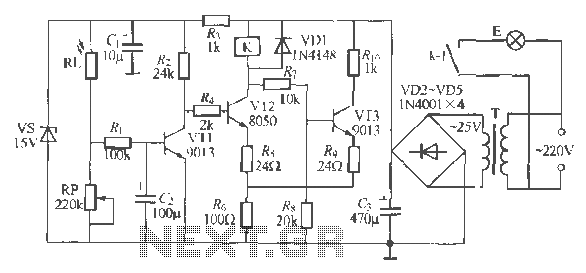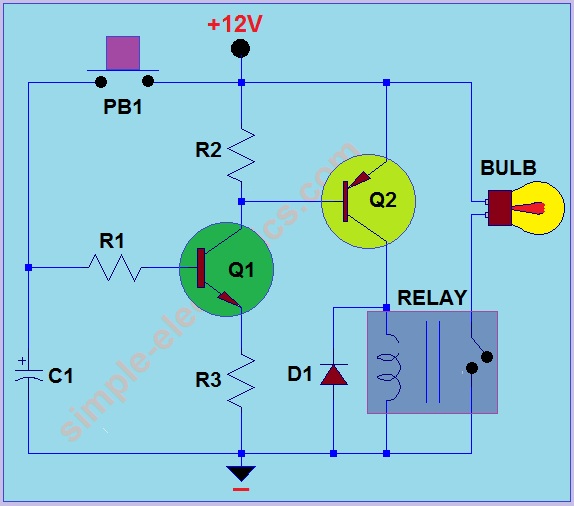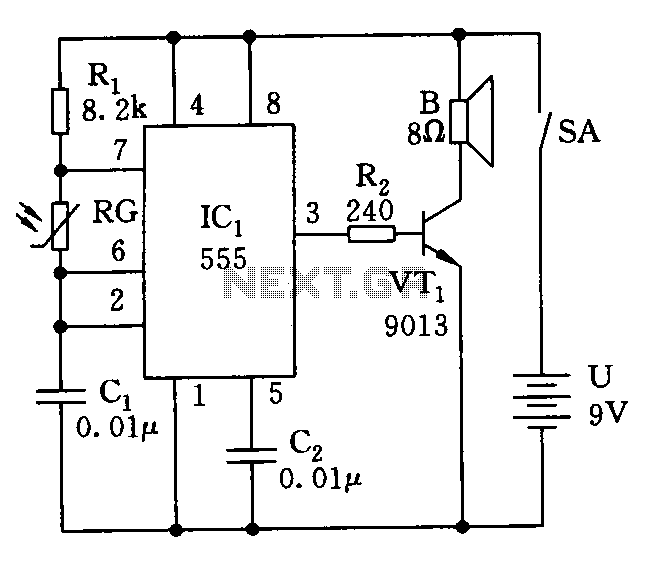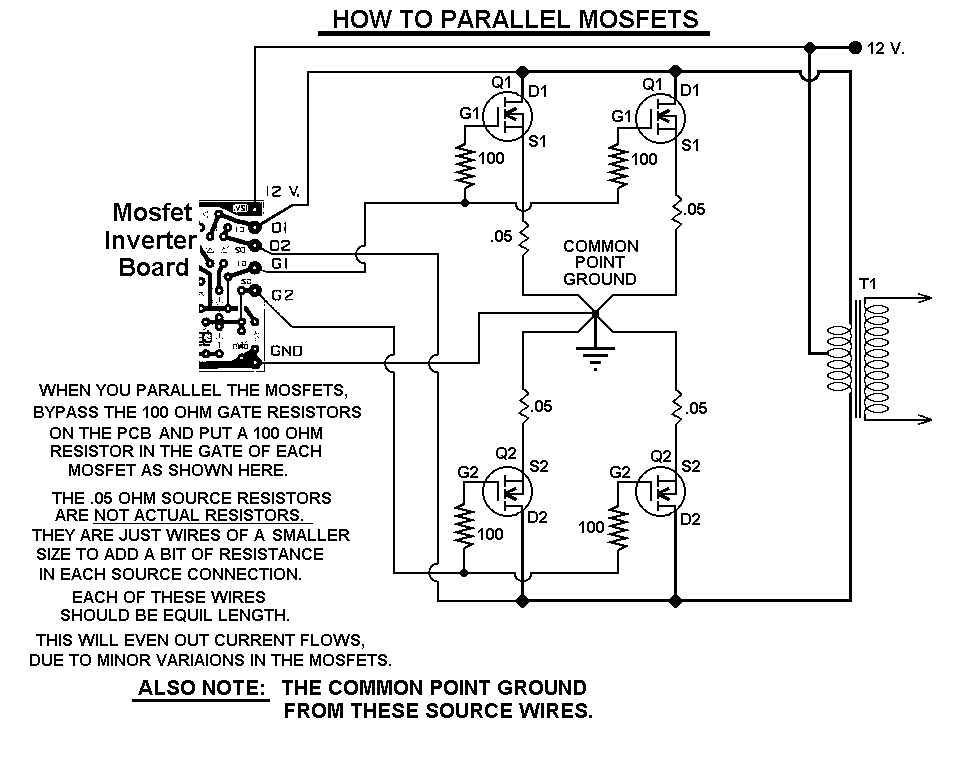
The H-Bridge Circuit Control Design in DC Motor Application

To maintain a constant speed of the motor under varying load conditions, a control application circuit is required. An H-Bridge circuit can be utilized to manage both the speed and direction of the motor. The accompanying diagram illustrates the H-Bridge configuration, which includes four input terminals and an external power supply. The control application must enable the motor to operate in both forward and reverse directions, allowing for rotation.
The H-Bridge circuit is a crucial component in motor control applications, particularly for DC motors. It consists of four switches (transistors or MOSFETs) arranged in a bridge configuration. By controlling the state of these switches, the circuit can reverse the polarity of the voltage applied to the motor, thus changing its direction of rotation.
In a typical H-Bridge setup, two pairs of switches are used: one pair for forward operation and the other for reverse. When the switches in one diagonal (e.g., Q1 and Q4) are closed, current flows through the motor in one direction, causing it to rotate forward. Conversely, when the opposite diagonal switches (Q2 and Q3) are activated, the current direction is reversed, and the motor rotates in the opposite direction.
The control application must also incorporate pulse-width modulation (PWM) techniques to regulate the speed of the motor. By varying the duty cycle of the PWM signal fed into the control inputs of the H-Bridge, the effective voltage applied to the motor can be adjusted. This allows for smooth acceleration and deceleration, as well as efficient energy usage.
Additionally, it is essential to include protective features in the circuit design, such as current sensing and thermal protection, to prevent damage to the motor and the H-Bridge components. Feedback mechanisms can be integrated to monitor the motor's speed and load conditions, allowing for real-time adjustments to maintain the desired performance.
Overall, the H-Bridge circuit serves as an effective solution for controlling the speed and direction of a DC motor, making it suitable for various applications in robotics, automation, and other fields requiring precise motor control.In order to keep the speed of the motor constant when loads are applied, a control application circuit is needed to apply the purpose. The H-Bridge circuit may control the speed and direction of the motor. The below diagram shows H-Bridge with 4 inputs and external power supply, the control application must allow the motor to be operated in forward and reverse directions.
The motor will rotate. 🔗 External reference
The H-Bridge circuit is a crucial component in motor control applications, particularly for DC motors. It consists of four switches (transistors or MOSFETs) arranged in a bridge configuration. By controlling the state of these switches, the circuit can reverse the polarity of the voltage applied to the motor, thus changing its direction of rotation.
In a typical H-Bridge setup, two pairs of switches are used: one pair for forward operation and the other for reverse. When the switches in one diagonal (e.g., Q1 and Q4) are closed, current flows through the motor in one direction, causing it to rotate forward. Conversely, when the opposite diagonal switches (Q2 and Q3) are activated, the current direction is reversed, and the motor rotates in the opposite direction.
The control application must also incorporate pulse-width modulation (PWM) techniques to regulate the speed of the motor. By varying the duty cycle of the PWM signal fed into the control inputs of the H-Bridge, the effective voltage applied to the motor can be adjusted. This allows for smooth acceleration and deceleration, as well as efficient energy usage.
Additionally, it is essential to include protective features in the circuit design, such as current sensing and thermal protection, to prevent damage to the motor and the H-Bridge components. Feedback mechanisms can be integrated to monitor the motor's speed and load conditions, allowing for real-time adjustments to maintain the desired performance.
Overall, the H-Bridge circuit serves as an effective solution for controlling the speed and direction of a DC motor, making it suitable for various applications in robotics, automation, and other fields requiring precise motor control.In order to keep the speed of the motor constant when loads are applied, a control application circuit is needed to apply the purpose. The H-Bridge circuit may control the speed and direction of the motor. The below diagram shows H-Bridge with 4 inputs and external power supply, the control application must allow the motor to be operated in forward and reverse directions.
The motor will rotate. 🔗 External reference





